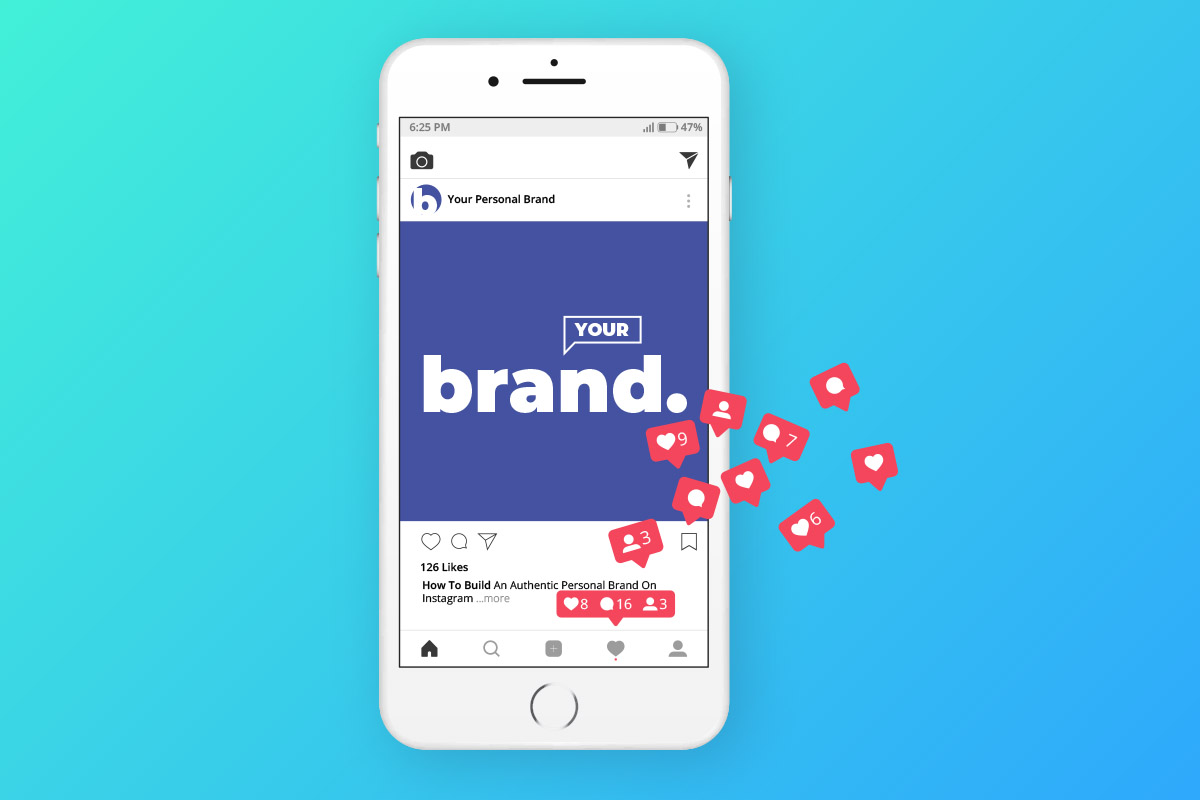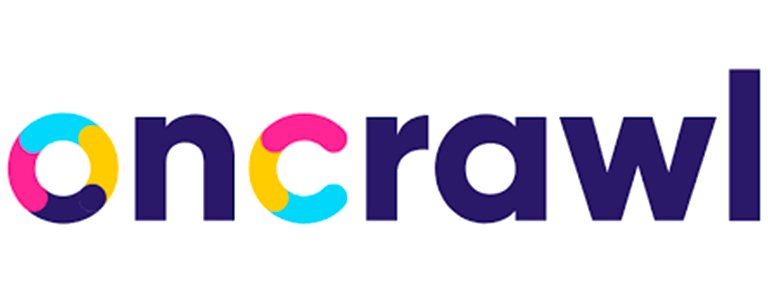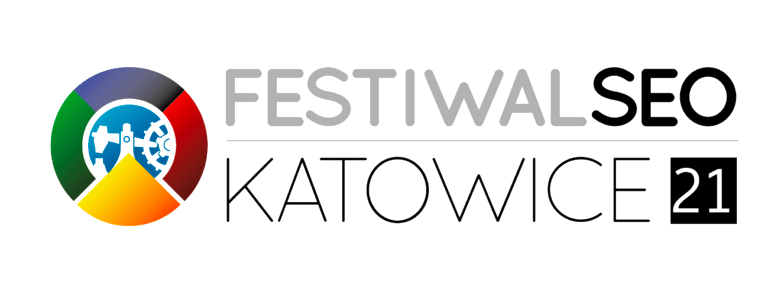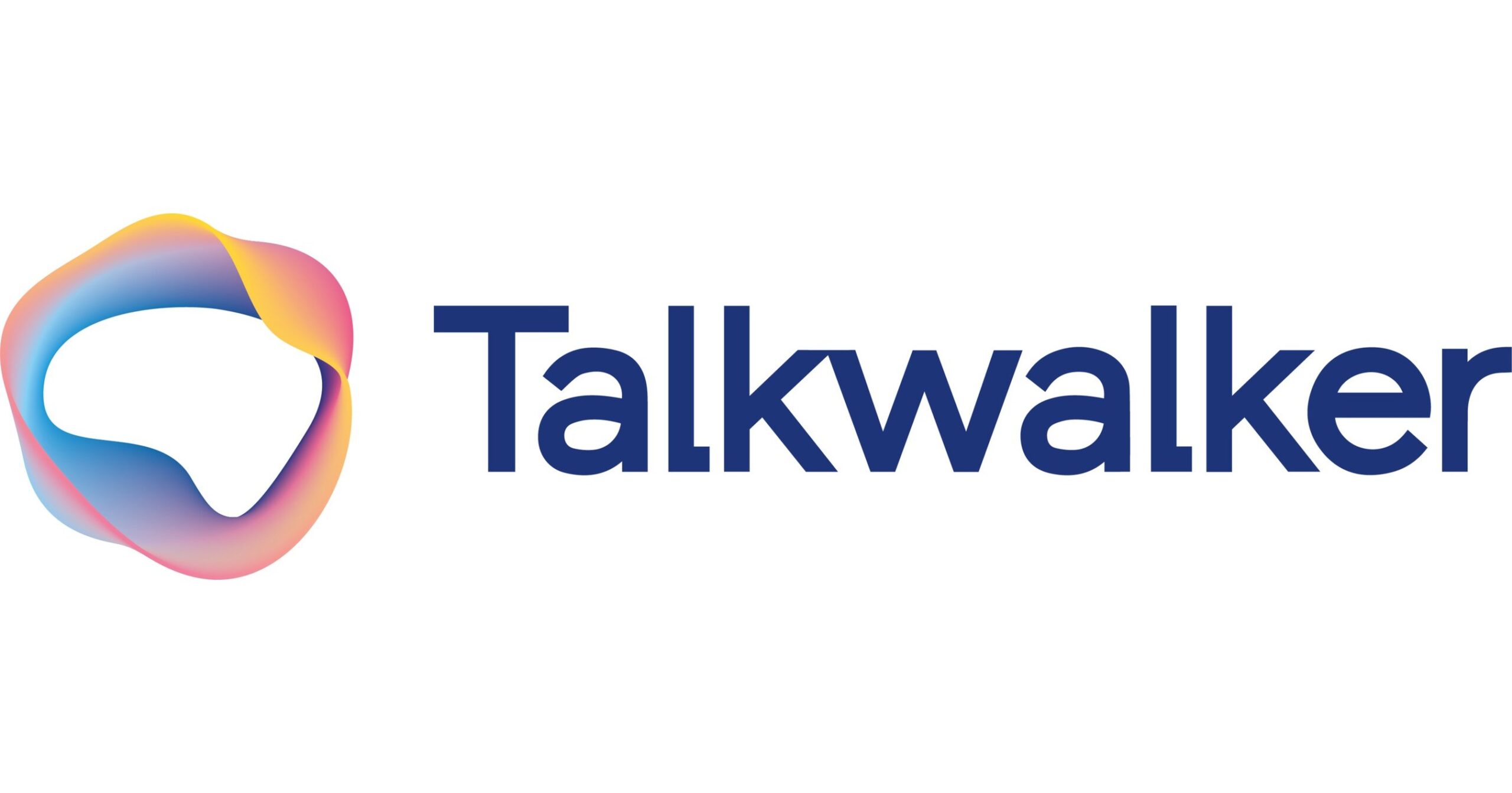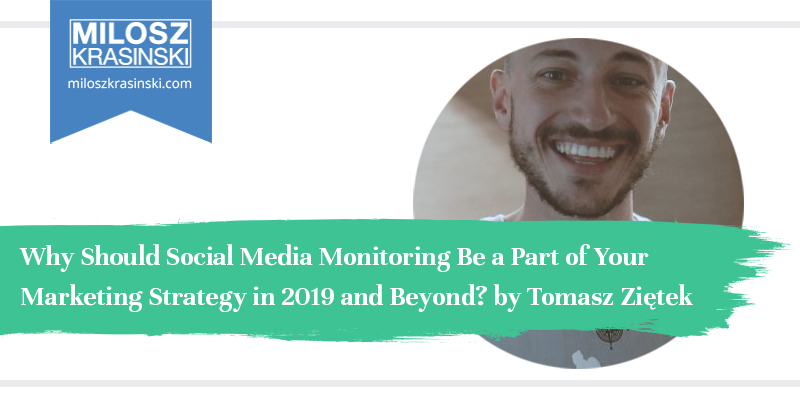Do you want to build a brand that shines out from everyone else? You’re not alone. According to Sprout Social, over 70% of businesses in the US use Instagram to grow their branding. And this figure is projected to increase in the next few years. Okay, but what does that mean for you?
Well, if you’re just getting started with Instagram marketing you’ll find that you now need to fork out more $$$ to get in front of your customers. With more brands and more competition, you’ll probably have to pay more for ads too. But wait, there’s still a way you can stand out on Instagram without paying for ads. All you have to do is …
.. Build A Recognizable Brand
In this post, we’re going to show you how to build an authentic brand on Instagram to get in front of your customers and competitors. But before we jump into the branding tips, let’s look at why branding is important on Instagram and what’s the difference between branding and marketing.
What’s the difference between marketing and branding
If you’re a new business just starting to use Instagram marketing, you may wonder: Is having a brand important for me? Or should I focus all my time and efforts on marketing?
For example, writing blogs, putting out ads or creating a landing page is marketing efforts that can help you attract new leads to your business. Branding, on the other hand, is the secret sauce, the X factor that keeps your customers coming back for more and builds loyalty over time.
So which one do you need more?
Well, it all depends on which stage you are in your business. When you’re a new business, you need marketing efforts to help spread the word out that you’re open for business.
But once more people get to know about you, your personal brand is what keeps them coming back as customers. If you don’t have a brand, what’s gonna make those customers repeat their purchase? Most customers stick with companies and people they like because they can relate to their stories, their culture or values.
Benefits of Instagram Branding
- People trust you more if you’re a well-known brand
- Your products and services have a higher perceived value
- You are differentiated from your competition
Ready to learn how to build a personal brand that will help you grow your influence on Instagram? Let’s go through the list.
Four Steps To Build a Personal Brand on Instagram
Step 1: Understand your Customers
When you’re building a brand it’s important to get to know your target audience as well as you can. This will help you create a brand image that attracts your ideal customers. Not just random traffic and spammers.
You want to attract leads and potential customers. So how to get the right people to follow you? This is not an easy task and even the most successful brands have taken decades to understand their target audience better.
Luckily for you, Instagram statistics tools are here to provide helpful insights into your audience including demographics, taste preference and online behaviour. Use these insights to understand your customers better and create a brand that appeals to your audience.
Step 2: Solve a problem for your customers
And the most successful brands are those that are able to help their customers learn something, do something or feel something. So think of this when you’re deciding your goal for Instagram branding. How can you make a positive change in the life of your customers?
Instead of hard-selling and self-promotion, you should use your profile to show what you do for your customers and the community. Are you helping them solve a problem? Why should someone follow you? People want you to help them get something done. When you’re able to help people, you’ll win their trust and loyalty.
Example: Take inspiration from Starbucks’ motto: “inspiring and nurturing the human spirit – … one cup … at a time”. They don’t say “we sell coffee products”.
Hot Tip: The best brands are those that help their customers solve a problem.
Step 3: Create a Recognizable Instagram Brand
The next step is to build a branded theme for your feed. Remember, your Instagram profile is an important part of your branding and it should set you apart from your competitors. Here are some things you should pay attention when you design your profile:
- Your Instagram bio
The first thing people will notice on your profile is your bio. You can use this section to show your brand personality and what you stand for. A good bio should briefly tell new visitors who you are, what you do and give a reason for anyone to follow you.
Here’s an example: Audible makes their bio stand out by adding emoji, and a branded hashtag. You can make your bio stand out by adding your favourite emojis, your branded hashtags and format your bio so it’s more attractive to look at.
- Your avatar picture
I’m sure you already know that you should pick an avatar picture that shows your face or your company logo. But do you know that pictures that are bright and have a colourful background will help you stand out on the platform? Here’s an example of how your followers will view your avatar picture. Which picture in the row below stands out amongst the rest? It’s probably the one with the bright yellow background.
- Be intentional with the content you post
Now that you understand what your audience expects in terms of problem-solving, it’s time to think about how you’re going to deliver that value through content. Depending on your intent and overall goal for your Instagram marketing, your content should fall into one of the following categories:
- Educational – share tutorials, tips and how to’s that help your audience solve a problem or learn a new skill
- Entertaining – post memes, games, quizzes and funny videos to spread positivity and
- Inspirational – share motivational quotes and personal stories that build an emotional connection with your audience
- Promotional – share customer feedback, behind the scenes, success stories and before and after pictures to convert your audience
For example, let’s say you want to grow your brand recognition. This means that you’re trying to attract complete strangers who don’t know anything about your brand. At this point, the best content would be a mix of educational and entertaining posts to gain their trust. But if your goal is to convert existing followers who always engage with your content then you might want to share good customer testimonials and show behind the scenes of what it’s like working with you.
- Create a design theme for your feed
If you’ve made it to this part, it means a few things: you know who your audience is, what they want, and you’ve found the best ways to deliver content they crave for. Congratulations! Now all that’s left is to put it all together and create a unique design theme for your Instagram feed. For that, you should use a design board as a guide. I know this sounds intimidating, especially if you aren’t a designer. But do not worry! Creating a simple design board it’s pretty easy and you can do it too with a bit of research.
To create a design board (it can be a PowerPoint slide) you need to look at your top competitors, influencers and other brands for inspiration. Then, create a simple Instagram design board that includes the following:
- Your logo and fonts
- Your colour palette
- Your favourite editing filters
- Templates for different posts (quotes, carousels, stories, promo, launch, and others)
- A mock-up of your feed theme
Let’s look at some examples!
@madison.tinder’s feed is a compilation of graphic quotes, educational carousels and personal lifestyle posts. What keeps her branding consistent is the 3 main colours she uses across all posts: pink, blue and white.
@tatibeauty’s branding is unique as she uses black backgrounds in all her photos. The images she uses are a mix of photos of her products and video tutorials on how to use them.
@vspink has created a theme that includes inspirational quotes and user-generated content. Their influencer posts seem to follow a common theme: pictures of teen models in an outdoor setting.
Pro Tip: If you’re planning to work with influencers, share your brand board with them so the content they create is in line with your branding.
Step 4: Develop a Personal Brand Identity for the Long Term (6 factors)
A brand goes beyond the logo, emblem and your fonts. The most successful brands that have stood the test of time have learned to adapt to change and take into consideration the relationship with their consumers. Do you want to build a sustainable brand that will stand the test of time? Do you want to stand out from your competitors and always stay on your clients’ top of mind? If that’s your goal, then you’ll find this next section helpful.
Brand experts have developed a framework (called the Brand Prism) to help companies build a unique brand identity. The 6 elements of brand identity are depicted in the graphic below:
Brand Identity Prism
These elements are:
- Physique: These are the external characteristics associated with a brand. For example, visual aspects such as your logo, colours, fonts and the physical look of your shop represent the physique of your brand. Starbucks stands out from its competitors due to its green medusa logo and eco-friendly design.
- Personality: These are the internal characteristics of a brand. To best represent your brand personality think of what human values are associated with your products/service? For instance, Starbucks created a relatable and accessible brand personality by listening to their audience’s feedback. They often respond to customers queries on social media and create new products based on customer preferences.
- Culture: Think of the set of values, core beliefs and principles that your brand stands for. Your brand culture can be a reflection of your own personal beliefs or evoke similarities with your country of origin.
Coca-Cola is a reflection of an American brand, while Ferrari is a symbol of Italian values. But your culture doesn’t always have to reflect your country of origin. Many companies nowadays adopt a “kaizen” culture which derives from the Japanese word for “continuous improvement”.
Starbucks has a culture that aims to respects humans and the environment. They call their employees “partners” and choose to buy coffee beans from local farmers in different parts of the world.
- Relationship with the customer: What kind of relationship do you want to establish with your customers? Client-focused? A friendly relationship? A parent-child relationship? Or want to have a playful attitude? For example, Netflix has a playful relationship with its customers, whereas Gucci’s relationship is more serious and exclusive.
- Reflection: How do you (as a brand) define your ideal customers? Think of which attributes (and stereotypes) best describe your target audience. For example, In their social media posts, Starbucks defines its consumers as urban, on-the-go, experience-seekers who love to stay connected. But in reality, their audience is much broader in age & preferences.
- Self-image. This is the opposite of reflection. How do your customers want to be seen by others? How do you want your consumers to feel after using your product/service? For example, Starbucks customers are perceived as high-income, tech-savvy and ethically responsible. Similarly, someone who buys a Porsche vehicle automatically feels as he/she is part of an elite/luxury car club.
Below is an example of Starbucks’s brand identity prism developed using this framework.
To conclude:
Ultimately, Instagram is a great social platform to grow your brand exposure. But with so much content being posted daily on the platform, it’s getting harder to reach your target customers. That’s why you need to build a recognizable brand.
A brand that stands for a unique cause. A brand that has a unique image, voice and style that your customers will want to achieve. And that is what we hope you’ve learned in this post.
